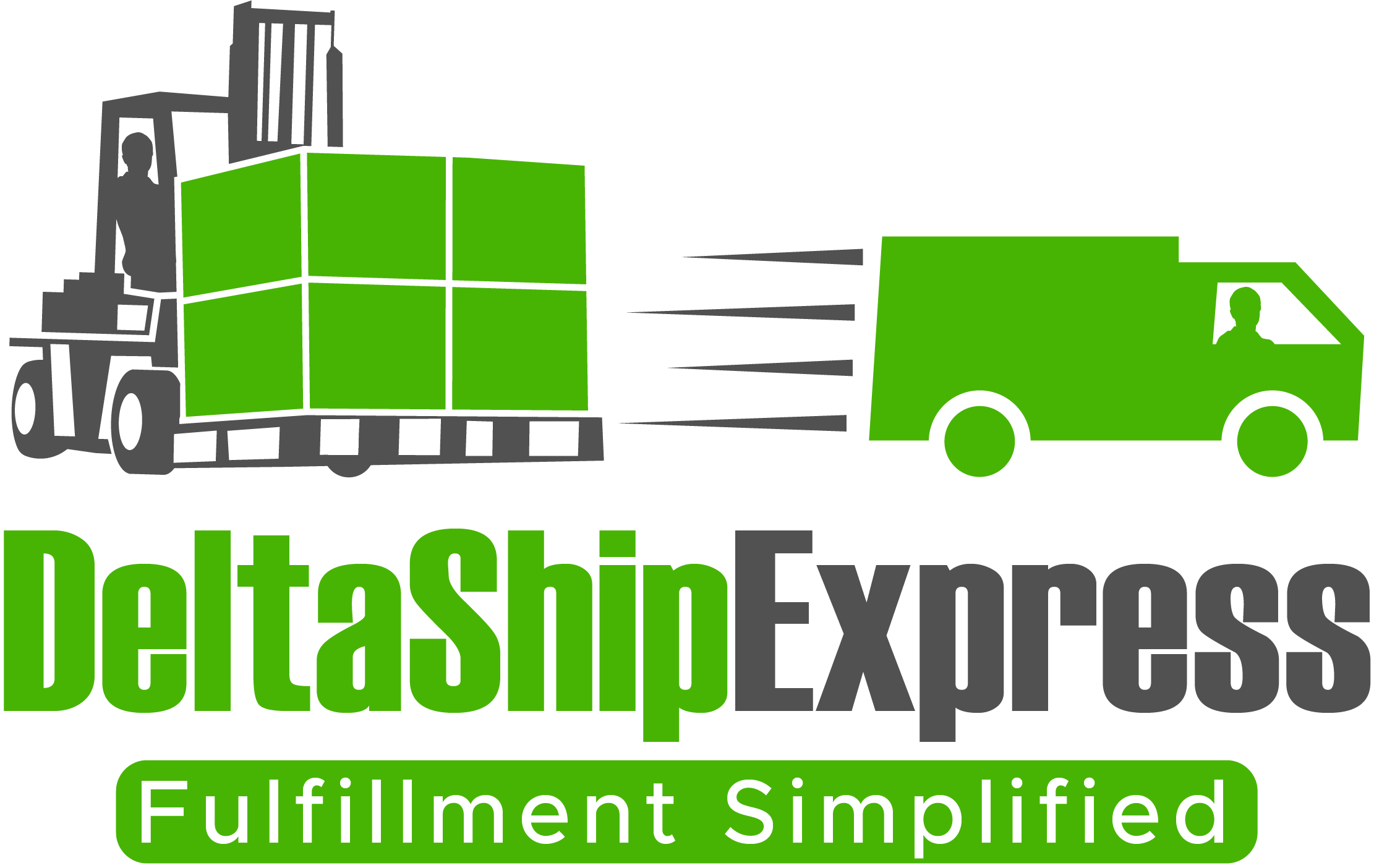In today’s fast-paced eCommerce landscape, ecommerce fulfillment is a critical component of success. However, sellers often face a variety of challenges that can disrupt their operations. In this blog, we will explore some of the most common challenges in eCommerce fulfillment and provide practical solutions to overcome them.
Challenge 1: Inventory Management
Effectively tracking inventory levels and managing stock can be difficult, leading to overstock or stockouts.
Inventory issues are not just about numbers; they can impact your whole operation. When stock levels are not accurately reflected, customers might find that items they want are out of stock, leading to dissatisfaction and lost sales.
Additionally, overstocking can tie up capital that could be used elsewhere. Striking a balance requires not only technology but also sharp insight into market trends and customer behaviors.
One key element of effective inventory management is having a robust forecasting method. Utilizing historical sales data and current market trends enables businesses to predict demand more accurately, thus preventing both overstock and stockout scenarios.
Challenge 2: Order Processing Delays
Delays in processing orders can result from outdated systems or inefficient workflows, causing frustration for customers.
When an order is placed, customers expect quick processing. Unfortunately, if the system is slow or if there’s a lack of communication among teams, orders can sit for too long before shipping.
To make matters worse, each delay can lead to a negative customer experience, prompting complaints and potential loss of business. Many sellers find themselves stuck in a cycle where delays further exacerbate operational issues.
Therefore, examining and modernizing workflows, coupled with investing in automation, can significantly enhance the efficiency of order processing. Providing real-time updates to customers also helps maintain trust amid delays.
Challenge 3: Shipping Inaccuracies
Errors in shipping addresses or package handling can lead to returns and dissatisfied customers.
Shipping inaccuracies are not just minor inconveniences; they can be costly to a business. Incorrect addresses might result in packages being lost, and returns can lead to costly delays and dissatisfied customers who might not return.
Moreover, inaccurate shipping can tarnish a brand’s reputation, leading to negative word-of-mouth. Ensuring the right package reaches the right customer at the right time should be a priority.
To combat this, sellers should look into integrating advanced shipping software that verifies addresses before shipment and tracks packages throughout their journey. Transparency with customers during this process can also help mitigate frustration.
Challenge 4: Scalability Issues
As businesses grow, sellers may struggle to scale their ecommerce fulfillment operations in line with increasing demand.
The challenge lies not only in handling more orders but also in maintaining the quality of service as business volume increases. A rigid ecommerce fulfillment system can sometimes crumble under pressure.
Understanding what it means to be scalable is about ensuring that your infrastructure can support growth without compromising customer experience. A common mistake is waiting too long to evaluate and uplift ecommerce fulfillment processes.
Adopting a scalable fulfillment strategy—one that grows organically alongside the business—is essential. This includes technology upgrades, better training for staff, and optimizing processes that allow for smoother handling of larger volumes.
Solution 1: Implementing Efficient Inventory Systems
Using modern inventory management software can streamline tracking and reduce errors.
Efficient inventory systems can help sellers keep real-time tabs on stock, leading to smarter decision-making. These systems often provide analytics that can turn complex data into actionable insights.
An efficient inventory system not only prevents stockouts but also minimizes the financial burden of excess inventory. Sellers can even explore automated solutions to further alleviate the workload on their teams.
Solution 2: Optimizing Order Fulfillment Processes
Reviewing and refining order processing workflows can minimize delays and improve speed.
By streamlining order fulfillment, businesses can create a smoother experience from order placement to delivery. Emphasizing collaboration among departments can significantly enhance overall efficiency.
Leveraging technology, such as automated order processing and real-time tracking, furthers a seller’s ability to fulfill orders swiftly, thereby elevating the customer experience.
Solution 3: Enhancing Shipping Accuracy
Investing in better shipping software can help ensure accurate deliveries and reduce returns.
Shipping accuracy can be bolstered by incorporating innovative technology that verifies shipping addresses at every step, thus reducing risks of lost packages.
Furthermore, real-time tracking capabilities can provide customers with insights into their orders, helping to set accurate delivery expectations and enhancing trust.
Solution 4: Building a Scalable eCommerce Fulfillment Strategy
Developing a flexible ecommerce fulfillment strategy that can adapt to changes in demand is key for long-term success.
This involves anticipating growth opportunities and being prepared to enhance existing operations. Sellers should analyze market trends regularly and be willing to adapt their strategies as necessary.
Creating partnerships with third-party logistics providers can also offer flexibility, allowing businesses to scale up or down as demand fluctuates without compromising service.
Wrapping It Up
By understanding the common challenges in eCommerce fulfillment, sellers can proactively address these issues and improve their operations. Implementing the right strategies can lead to enhanced customer satisfaction and increased efficiency.

